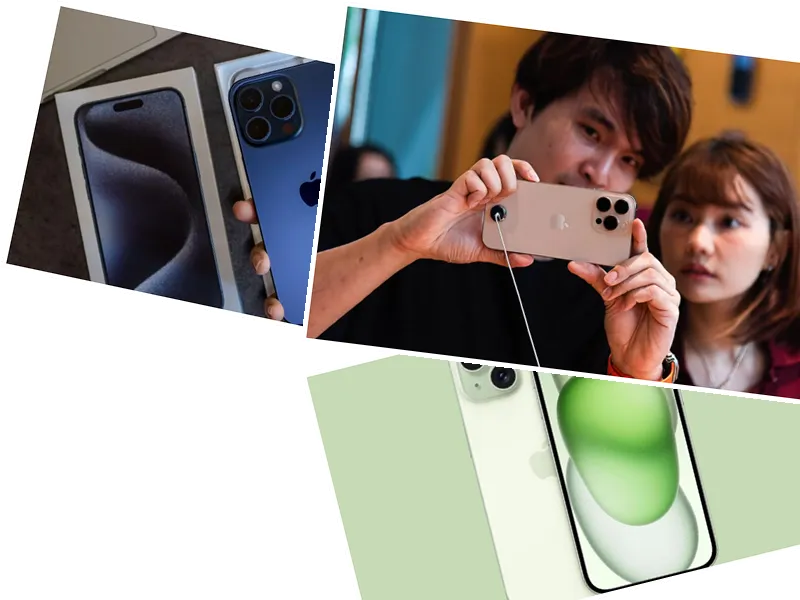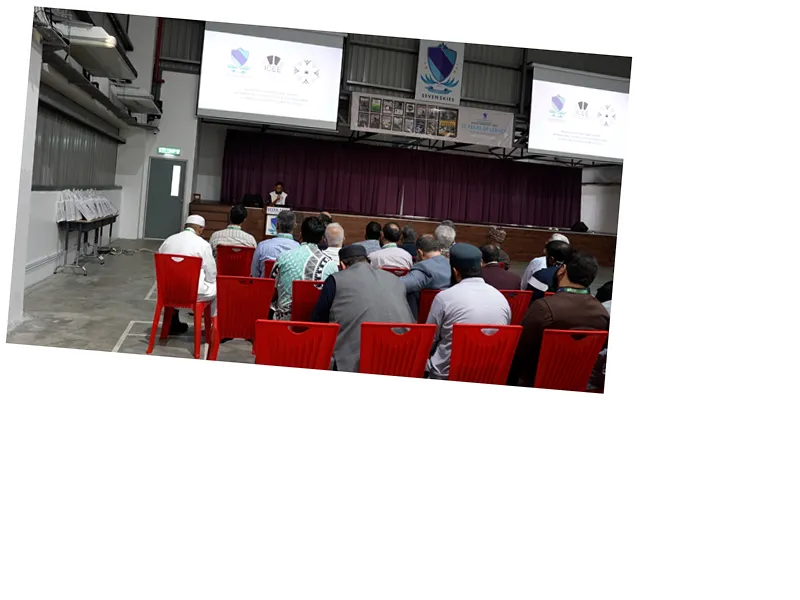Is Apple's Era of Integrated Ecosystem Leadership Coming to an End?
Apple has long been celebrated for its integrated ecosystem, a seamless environment where all devices bearing the Apple logo work together to enhance user experience. This system allows users to control their iPhones from their MacBooks, receive calls on their iPads, and transfer files effortlessly through features like AirDrop. However, as competition intensifies, the once-unmatched allure of Apple's ecosystem is being challenged.
Historically, Apple's integrated system has been seen as a major selling point, encouraging users to invest in multiple Apple devices to fully benefit from its unique features. This strategy has effectively created a loyal customer base, as users find themselves inclined to choose Apple products over competitors due to their superior compatibility. Yet, this reliance on a multi-device setup has also raised concerns about accessibility and consumer choice, as users feel pressured to purchase additional devices to unlock the full potential of their existing ones.
The Rise of Competitors and Changing Dynamics
In recent years, competitors have begun to close the gap. Companies like Huawei have successfully developed their own integrated systems, offering functionalities similar to Apple's. This shift signifies a broader trend where technology firms are increasingly able to replicate the seamless user experience that Apple has long touted. With tools like AirDroid, users can now enjoy features akin to AirDrop, allowing for easier file transfers between devices from different manufacturers.
Moreover, the transition of Windows computers to Qualcomm or ARM processors presents new opportunities for competitors to create their own integrated ecosystems. As these companies innovate and adapt, the landscape of technology products is evolving, potentially diminishing Apple's once-dominant position in the market.





